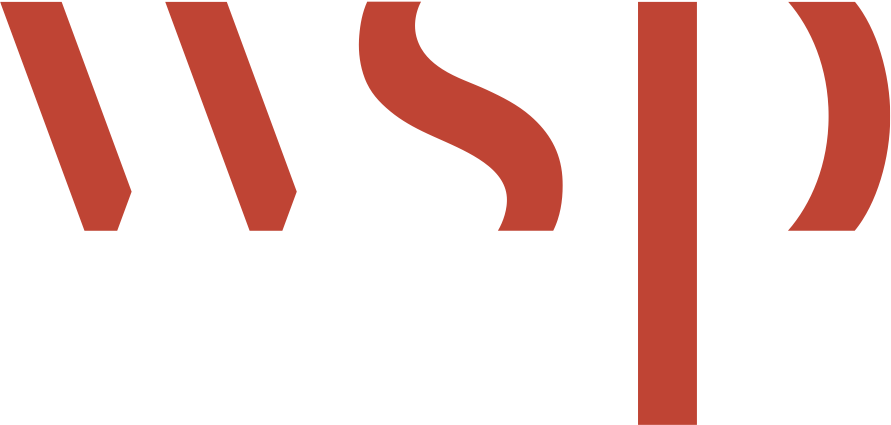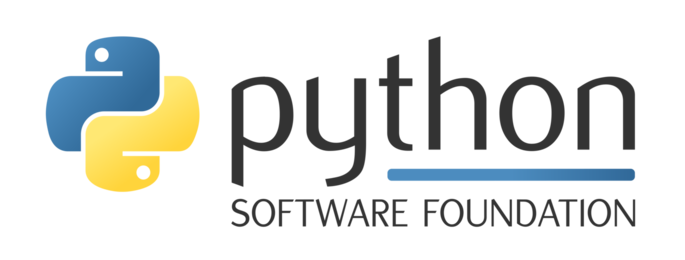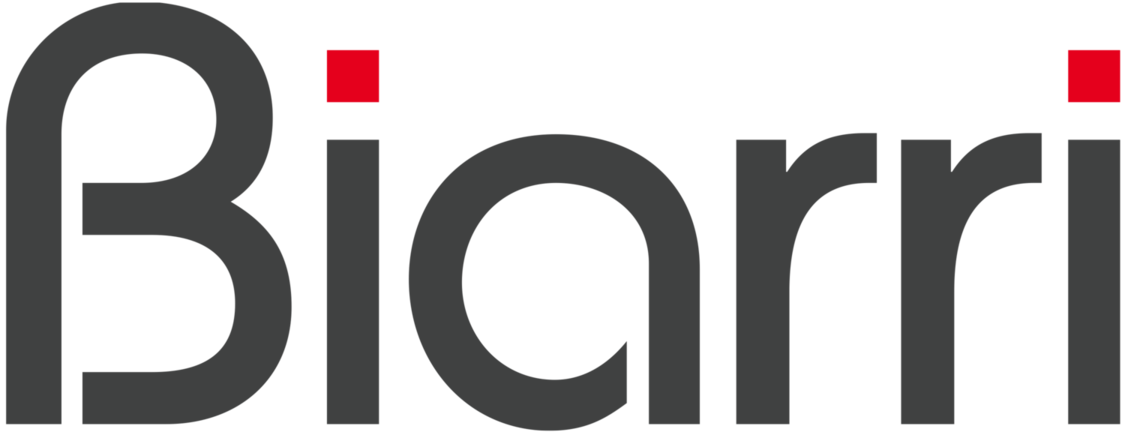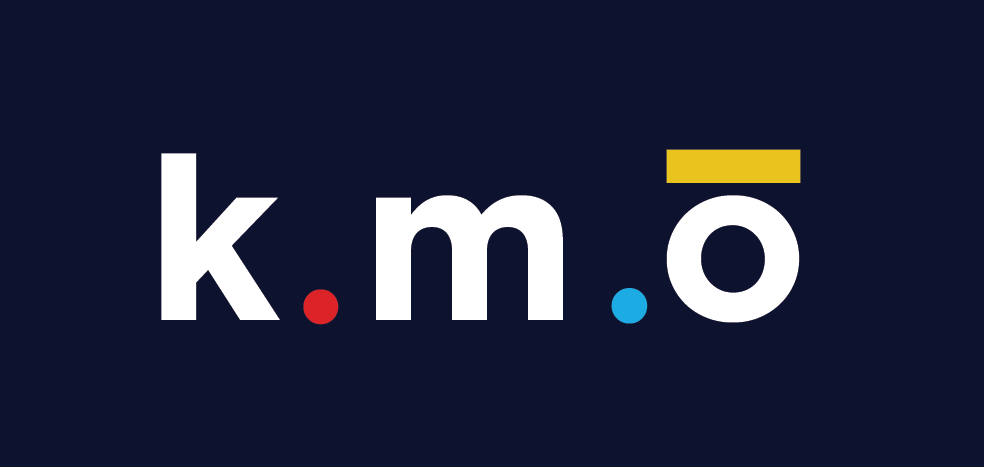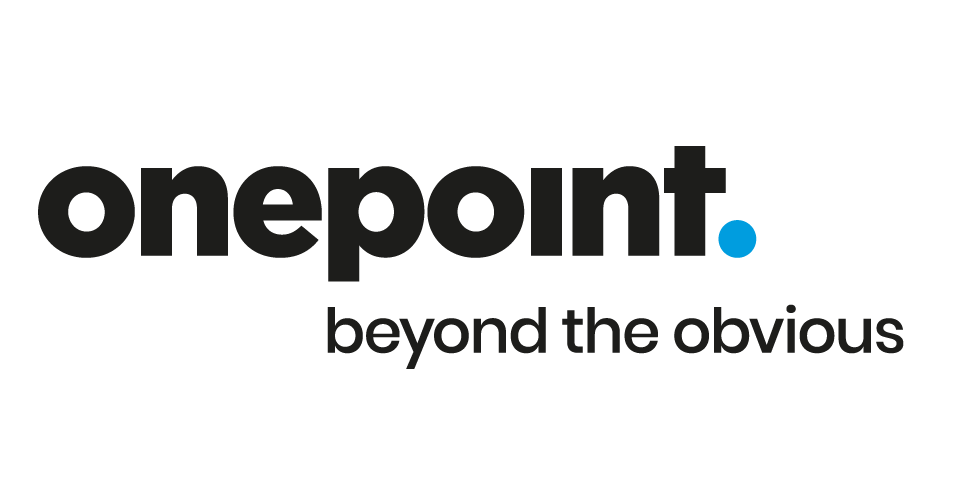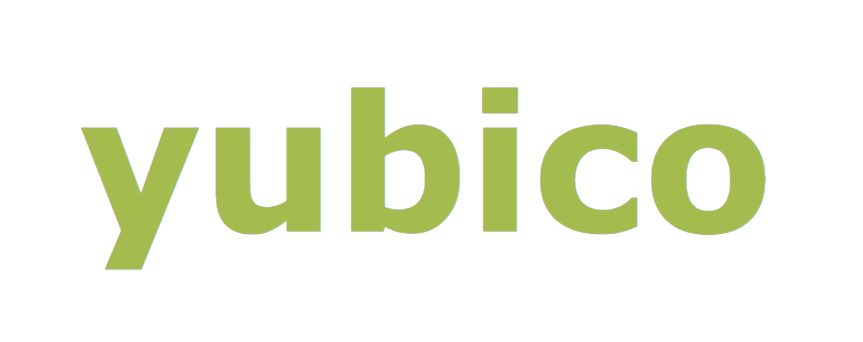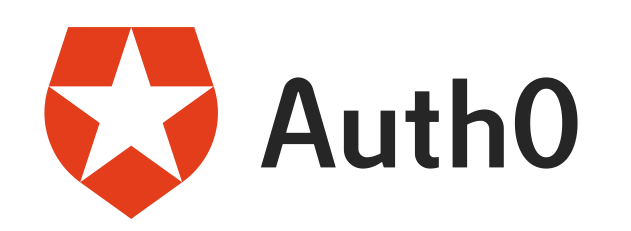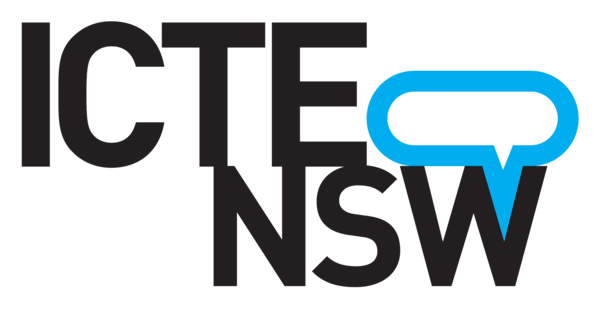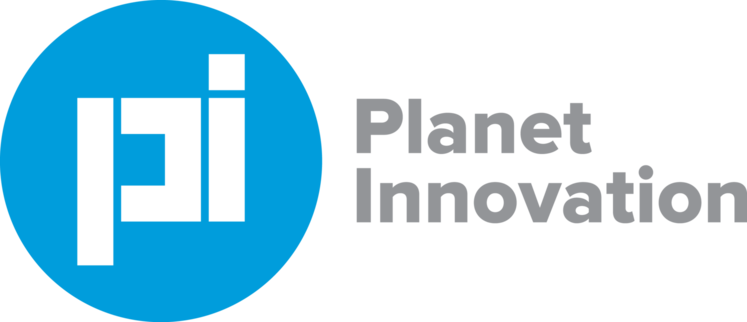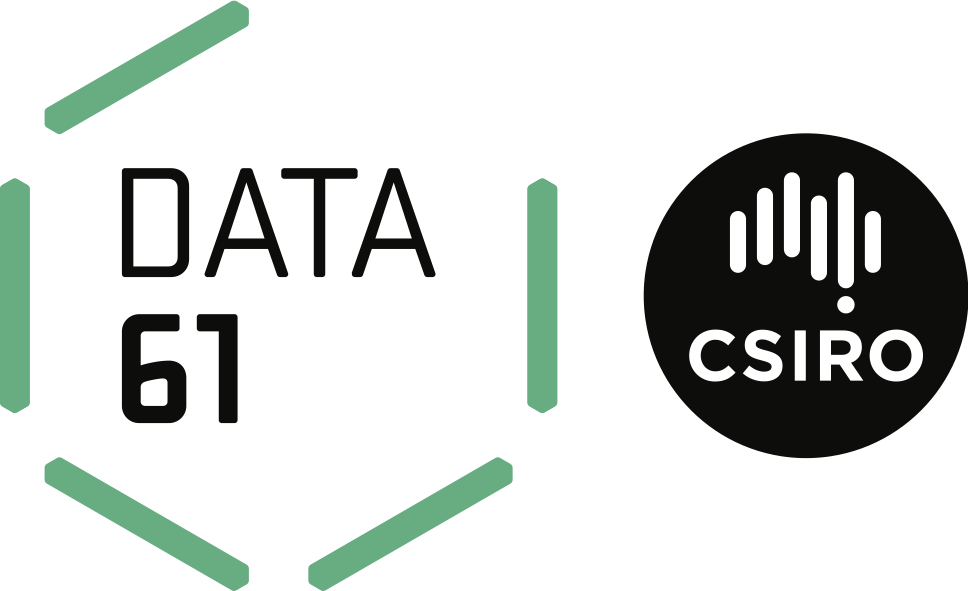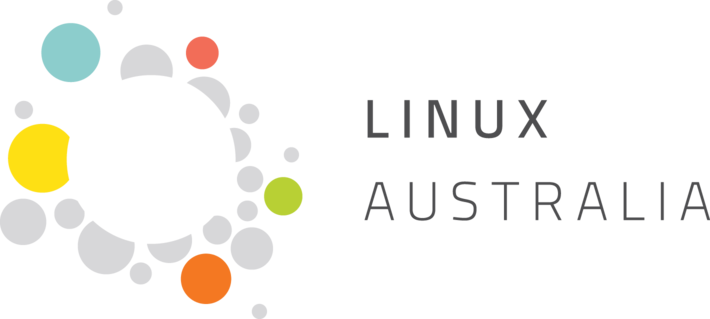The way to your first open source pull request leads through many implicit conventions and tools you’re expected to learn. Let’s look at what you’ll need for your first Django contribution, where to find help, and what challenges you’re likely to encounter.
Open Source communities have a culture of their own, and it’s not always easy to navigate as an aspiring contributor. You’re often expected to know your way around many different tools, and contributor guides are either not to be found or so extensive that they require their own guide to find the important parts. Coupled with implicit cultural conventions like when/where/whom to ask for help, which actions to take at which point, and slang and in-jokes it’s easy to run into frustrating dead ends.
Let’s walk through the Django contribution process. I’ll share what I wish I had known when I started contributing to Open Source projects in general and Django specifically. We’ll look at strategies that are not in the documentation: Tips for finding your first issue to work on, where to find help, and how to figure out which questions to ask. And let’s look to the future: It’s 2019 – Can we find new, modern ways to collaborate on Open Source development?
Watch 'Pony, Cat, and Paw: Getting Started with the Open Source Menagerie' on PyCon AU's YouTube account

Tobias Kunze
@rixxtr
Tobias is a Python/Django developer with a heavy focus on Open Source projects, most notably pretalx. Django is his home community in the Open Source world, and he organized DjangoCon Europe last year. The road to his first Django contributions was well-supported but rocky, and he enjoys making the process easier for others.

